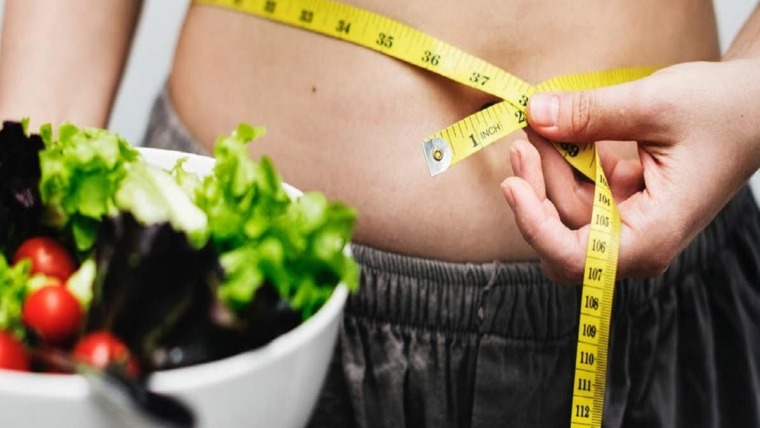
Written by Bill Adamson
School bags are an essential aspect of the back-to-school process. Just over 4 million Australian Children will carry their bag this school year, but the right – or wrong – backpack can have a much longer effect on your child’s health. Osteopath, Dr. Patricia Thomas, strongly supports the need of a backpack, “Carrying a backpack and sitting at desks all day can cause some stiffness in the back, neck and shoulders.” An ill-fitting or incorrectly sized back pack may increase the risk of poor posture or possible injury.
It is important to recognise the need to protect a school-aged body, particularly during adolescence. Going into the first-term of the 2018 school year, here are some top tips to make sure your child is going back with the right backpack.
What to look for in a backpack
There are so many different styles of school bags available to purchase, that it can become difficult to choose the right one. The style found to best suit children entering school and returning to primary school is an ergonomic backpack. Below are features that you should look for when purchasing a new bag:

- Make sure the backpack is the right size – it should be no wider than the child’s chest and no higher than 3 cm above their shoulders – they should be able to look up to the ceiling without their head hitting the bag.
- A moulded frame which conforms to your child’s back when adjusted correctly.
- Two wide, adjustable shoulder straps with padding for extra comfort – Wearing a bag with only one shoulder strap curves the spine unnaturally, putting stress on the whole body.
- An adjustable hip or sternum strap.
- Separate compartments that allow packing ease.
- One made from canvas or another light-weight material.
How to wear a backpack
Ideally, a school bag should weigh less than 10 per cent of the child’s body weight. For instance, a child weighing 40kg should carry 2-3kg, and 4kg at the very most.
- Both shoulder straps should always be used to distribute the weight evenly on the child’s back. Waist straps also help.
- Don’t wear the backpack below the small of the back. The shoulder straps should be adjusted so that the bottom of the bag sits around the child’s waist – trace a line from their belly button around to their back, the bottom of the bag should sit around there.
- The bag should not hang out from the shoulders – it should contour to your child’s back – and should not swing from side to side when your child is moving around.
Setting strong backpack habits for you and your child
To ensure your child does wear the bag correctly when you aren’t there, explain to them that it can cause serious injury to their spine, shoulders, and neck if they don’t wear it right. It is only the best school bag if it’s used the right way. Regularly check with them to see if the bag is comfortable, or if they are in any kind of pain.

“Encourage your kids to, where safe to do so, remove their shoes and play outside for a while when they get home. This will loosen and relieve their bodies and boost their energy after a long day of sitting postures at school, and after carrying heavy bags.” says Dr. Patricia Thomas (osteopath). By setting strong habits for you and your child, it will lessen the impact to cause significant injury to their spine, shoulders, and nick if they don’t wear it right.
Osteopath, Bill Adamson, further stipulated the point of movement stating, “The most important thing parents can do once their child is home, is to encourage them to take their shoes off and play outside, without technology for 30 minutes. 30 minutes of varied movement can unwind the body from the rigid positions a child is expected to hold throughout the day.
Take the time with your child to show them how to wear their backpack correctly, if unsure speak to your local osteopath. Osteopaths can treat patients with back and neck pain, sports injuries, headaches, whiplash, postural problems, sciatica, knee and heel pain, shin splints, arthritis and occupational injuries. They can be seen directly without a referral or in addition to the care provided by a general practitioner. If your child does complain of neck or shoulder pain, it is a good idea to take your child to an Osteopath for an assessment. The school bag may not be the only potential source of discomfort. For more information or to find your local osteopath



